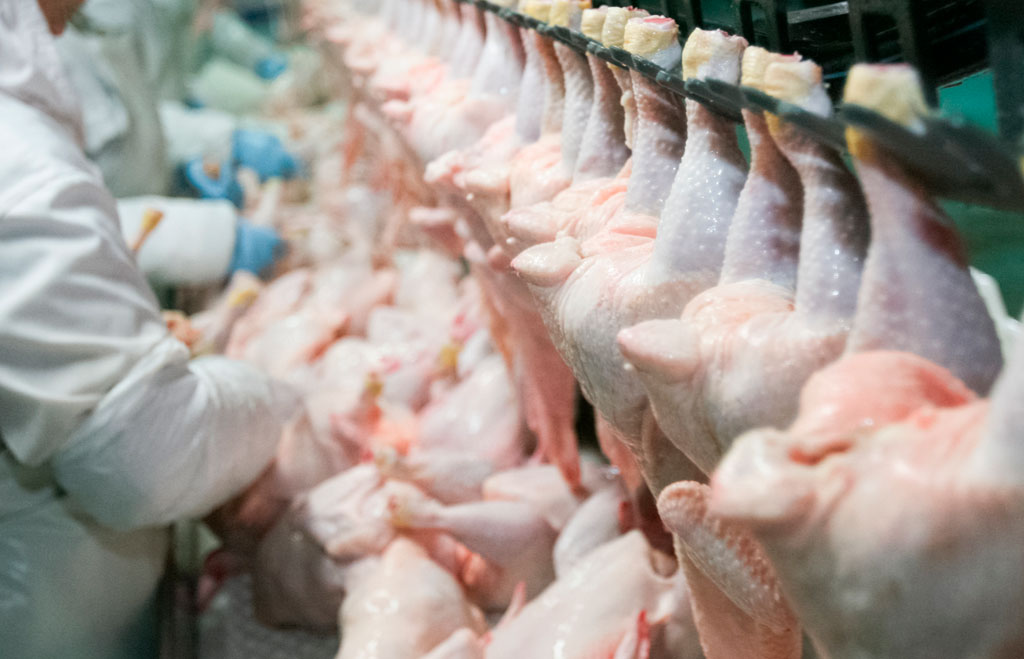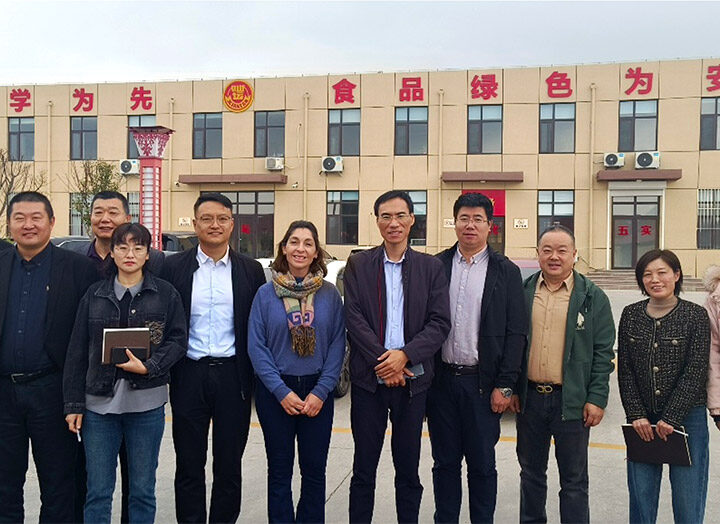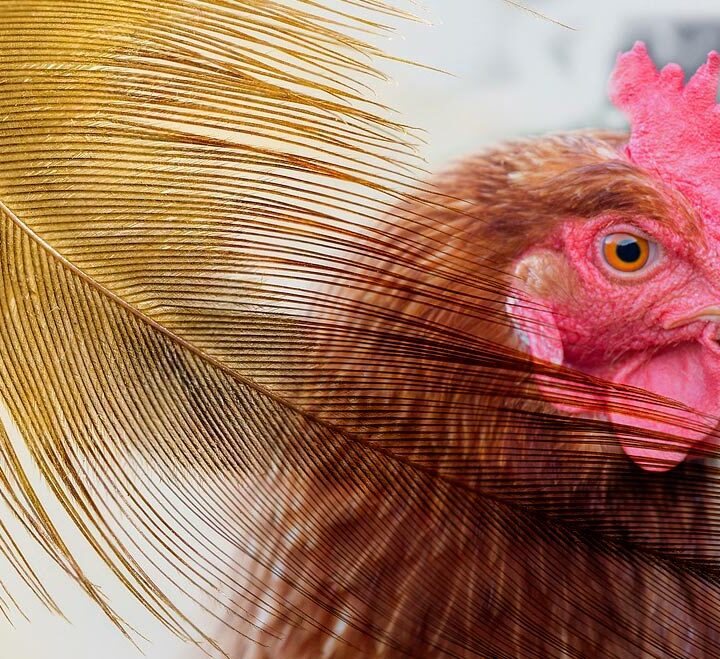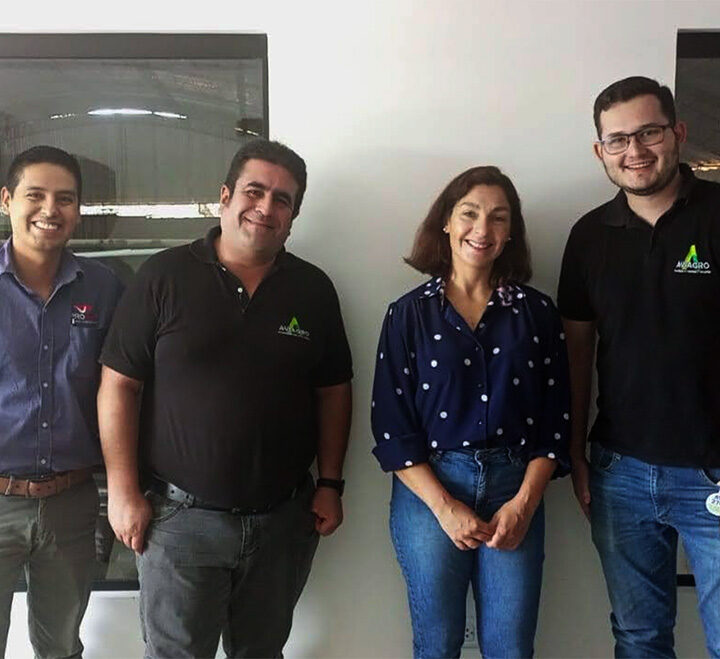
Minervet continues to strengthen its business ties in the Asian continent
4 de December de 2023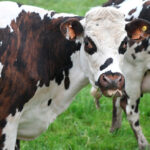
The hidden impact of mycotoxins in ruminants
10 de April de 2024Poultry slaughter practices are regulated worldwide, and in all cases animal welfare and the quality of the final product destined for human consumption are prioritized. In Argentina, all plants authorized for provincial or federal traffic must comply with chapter XX of SENASA decree 4238/68 and its updated SENASA resolution 553/02, with the participation of registered veterinarians who ensure compliance with the regulations.
Likewise, welfare and quality practices not only depend on the work at the slaughter plant, but also start at the farm, during the capture and transport of the birds.
IMPORTANT PRACTICES
The maintenance of the facilities that make up a poultry slaughterhouse is essential, as well as the adequacy of these facilities to the incoming batches of birds. If a plant receives poultry from different customers, it may find heterogeneous batches with respect to size, leading to variations in the calibration of the machinery and possible damage to the quality of the final product.
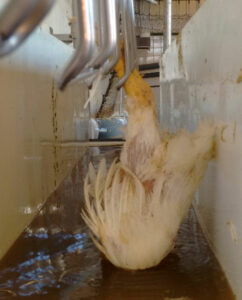
Insensitization or stunning is the mandatory practice prior to slaughter. Its specific purpose is to generate in the bird a state of unconsciousness accompanied by a general vasoconstriction that will take the blood from the periphery to the great vessels, facilitating the subsequent bleeding.
Electrical stunning is made up of the frequency measured in hertz, the voltage measured in volts and the intensity measured in milliamperes/bird. These three parameters must be adjusted to the type of batch to avoid sudden death, incorrect stunning, vessel rupture and internal bleeding and even poor bleeding.
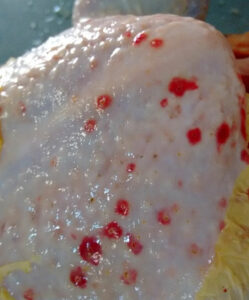
POSSIBLE ALTERATIONS
However, there are other factors that can alter desensitizing practices:
- Heterogeneous flocks: the variability of sizes implies that the intensity of the shock impacts differently. Smaller birds show greater electrical resistance than larger birds, the latter being exposed to the risk of over-saturation.
- Alteration of the birds during hanging: incorrect handling by the operators and the absence of the breast massager can cause birds to try to flee with constant flapping. This generates excessive muscular activity altering the final bleeding.
- Electric pre-shock due to wing contact with the edges of the stunner: when this happens, the birds may shrink and raise their heads passing through the stunning basin without immersion.
- Splashing and water leakage: which flows into the ramp causing the bird to avoid contact with the ramp.
- Immersion time: which may vary according to the diameter of the electrode or the speed of the waterwheel, but should never be less than five seconds or more than twelve, since shorter times do not generate any effect and longer times increase the probability of muscular injuries due to rupture of vessels and hemorrhages.
- Wet birds before admission: the presence of wet birds due to rain during transport, excessive use of fire in the waiting room, or other causes may reduce the specific electrical resistance, predisposing to over-stunning.
The failures present at the beginning of the process have repercussions later on. Immediate death after stunning, the entry of live birds into the scalding process, the presence of muscle hemorrhages and the retention of blood inside the tissues reducing the shelf life of the product lead to seizure and are part of the quality problems faced by the food industry.
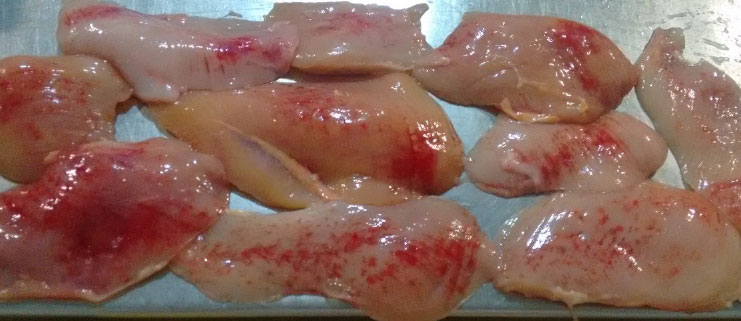
Veterinary doctor Zarate Evangelina, MP 689, Mendoza Argentina.

